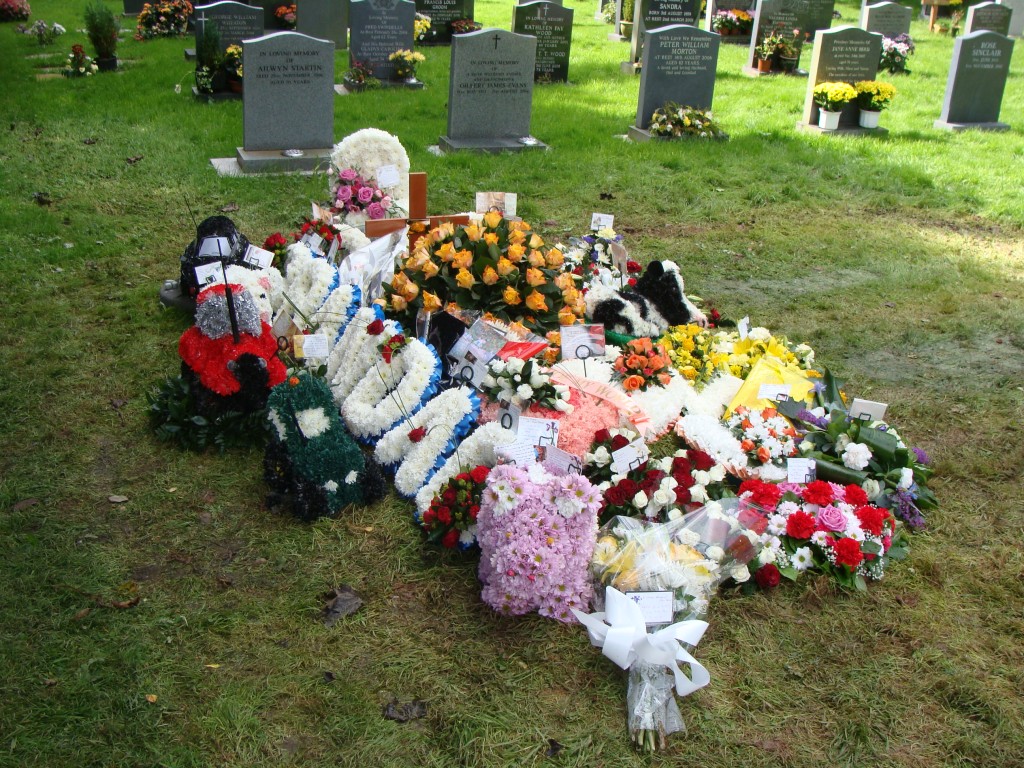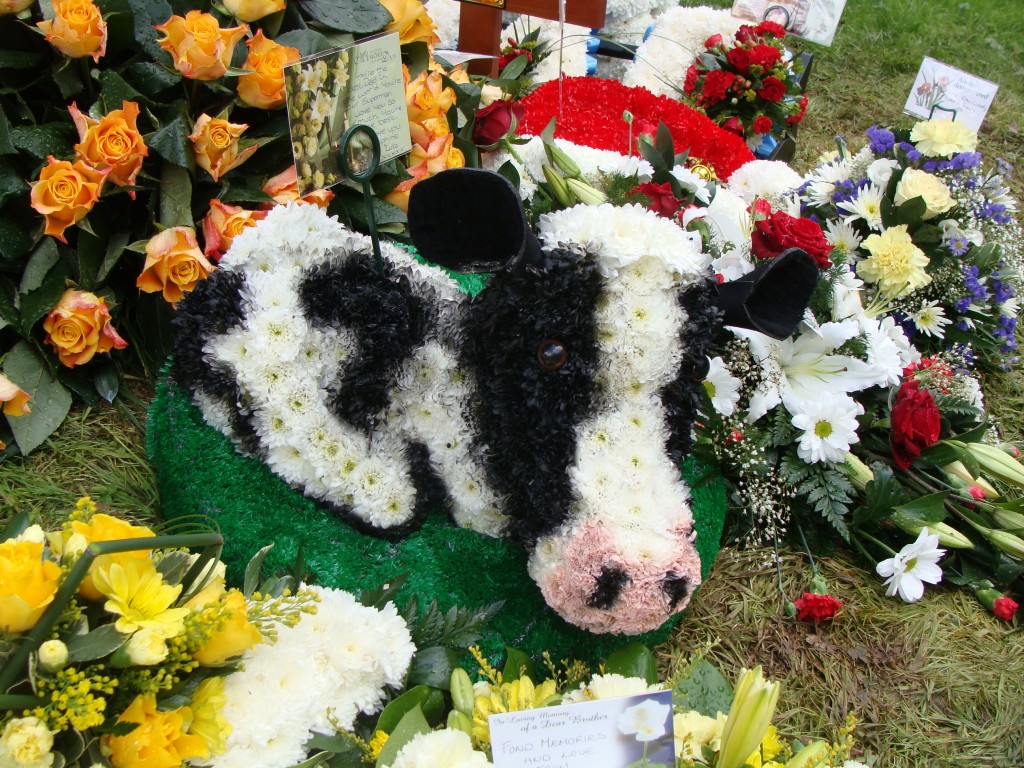Tilting towards a future
1. My elders
From the age of sixteen my teachers, my elders taught me my performance practice that I have developed, engaged with, altered and extended into. This body, this studio practice is now entering into its third decade after 20 years of learning and inhabiting. From dance artist Vida Midgelow and Simon Piasecki at 16, to ex Wooster group performer and maker Nancy Reilly, Visual, dance and live artists, and performance producers Rose Garrard, Katie Duck, Rona Lee, Roger Bourke, Sally Morgan, Sally Tallant, Tim Brennan, Gillian Dyson, Nikki Milican, Diana Warden, Nick Lowe, Ghislaine Boddington, Anthony Roberts, Kath Wood and Fiona Wright from 18 to 23 and since 19 to this present time of 36 director and choreographer Lin Hixson and Goat Island. In reflection and in this post studio, performative current each of these women and men that I worked with gave a space in which to consider how the familiar can become unfamiliar. They gave me permission and a space to make-work. They each gave me a foundation in which to consider a physical space, placing my body in space as a site, my body as a place of inquiry, to follow this body and to interrupt and intervene on this body, to give it stability and instability to give it a series of unanswerable questions, set of instructions, constraints and principles and to begin an attempt in answering what was placed in front of me through an action, a choreographic task, a way to respond quickly and directly to what was in front of me, so that permissions are granted and given to construct images over time and in multiple spaces.
For 13 years in my practice with Goat Island Performance Group, we rehearsed and worked in a third floor gymnasium space within a church complex here in Chicago at Wellington and Broadway. For 13 years I and other members of the group wore black trainers or sneakers and our feet and shoes collectively worked on the surface of wood, and basketball lines. As I write and look up the word embodiment, I discover the word Plimsoll or I would call them trainers and the Americans in the audience sneakers. A plimsoll is the mark on the hull of a British ship showing how deeply she may be loaded – this comes from Samuel Plimsoll, Member of Parliament for Derby the region of England where I originate. He advocated for shipping reform that was embodied in the merchant-shipping act of 1876. The use of the word Plimsoll extended in 1907 to rubber soled canvas shoes because the band across that holds the two parts together reminded people of a ships plimsoll line. How deeply do your feet, your body hold itself into and onto a surface? How deeply does your body hold its practice? How deep is the mark of your body on a gymnasium floor, on the surface of your studio, your office, and your computer screen? How does this hold itself as it extends out past the studio, past a performance space, a gallery, beyond different spaces and different contexts? If your body is a ship how does it hold the weight of a room you perform in and where are the marks in this current time as we make work as artists in multiples spaces physical and virtual. How deep are the marks in the container of the hull we make. How much can we hold and how much can we load?
2. Watching Performance, entering the personal
On Tuesday September 9th 2008 we buried my father at the age of 66. We buried him 12 feet underground; he was buried at the beginning of a new row, under a sycamore tree, by the pathway that led from the church down to the graveyard. He was a farm labourer who worked at Holtwood farm for 33 years of his life. This year I have been thinking why did the farmer stop dancing? When do I pick up my feet and begin working? On Wednesday September 10th 2008 my mum, two of my sisters and my brother in law took a walk from the house up the country lane to the church and graveyard where my farmer’s father’s body now lay in the ground.
On Thursday June 4th 2009 I went back home, to the village to be with my family for the first time since my farmers fathers passing. I have been thinking of feathers as fathers and fathers as feathers after my mother and sister discovered a feather at the top of the stairs. I had not heard this before but they told me a feather is a sign of an angel. They did not know where the feather had come from and now when I see a feather I think of a father and a father as a feather. On returning to the house the first thing we did was to get into my sisters car and drive to the church where my father is buried. There was a now a gravestone where my father’s body lay. I watched my mother place the pink roses down on the grave and put her arms around the stone as if it was his torso. She had slightly bent her knees and she held onto the stone. With her left arm around the grave she rubbed her right hand on my dads name that was engraved on the stone – Joe Jeffery. Her right hand stroked dads name over and over again. Each of her fingers covered in rings, which made a slight sound as she touched his name. She then began to take her right hand to her lips, still holding onto the grave and placed kisses from her lips to her hand to his name Joe on the grave. Once, twice, three, four, five and then she placed her hand onto her lips once more and this time placed her kisses onto the grass where his head lay 12 feet underground. This mourning action repeated itself over and over again whilst my sister and I placed the roses into the urn.
Slowly kissing down with tears. Slowly kissing down with tears. Kissing with lips to hand the dead farmer below, the farmer whom stopped dancing.
As we left my sister took her right hand, placing her hand on her lips and blew kisses into the air, standing where his feet lay. Kisses that went out into the air, into the dusk night as we walked up the pathway. As a 13-year-old child, I too stood by her side, at another graveyard and watched her perform. I watched her kiss the grave of her father. Every Saturday afternoon for a year we would drive to her fathers village and before we would visit her mother we would visit her fathers grave. Since September 9th, the day we buried him to today and every day in-between my mother drives to the graveyard and kisses my father, the dead farmer that stopped dancing goodnight. Every Sunday she will walk 4 miles circling the house, the graveyard and the village, the graveyard and the house. In 2009, in this ever-changing time, in this landscape where we are all placed onto a network, a network that asks us what’s on your mind? And what are you doing? I wonder how do we live in a constant state of being present, on, in, a fluid connected interactive network that is constantly moving and shifting. A surface and ground that is not fixed, multiple spaces that are in transition. A real-time that is a moving target, a real-time that allows us access to multiple entry points, to live as my fellow collaborator Judd Morrissey states in a recent interview we gave on our work and collaborative practice for Chicago artists coalition’s newspaper; ‘We are of the mind that all art and any gesture is massively collaborative, calculated, instant by instant, in relation to the influences of countless others — living, dead, actively participating, passively watching — as well as the desires of parasites we host in our bodies. We collaborate constantly with our machines and this changes our work and us fundamentally. We make agreements to work together, frameworks and processes devised to skew the results, forms created to hold the mess together, as well as decisions and rules related to attribution. With the ubiquity of social networking and online collaborative endeavors, we see the complex collective reality of human experience made overt and escalating as a clear fact of culture and art.’
And what is it to follow? I see that the word comes to us from obeying; to apply oneself to a practice or calling, to serve, go with as an attendant. If I follow or am followed do I obey, am I applying myself to this practice. Then I think of my mother whom is following my farmer father each day and the daily performative practice she has observed for nearly a year now. The choreography, the action and task she makes each day. I then think about her as I go to the radiohead website to download the song they wrote Harry Patch (in memory of) about the last survivor of WW1, who died at age 111.
“I am the only one that got through The others died where ever they fell it was an ambush they came up from all sides give your leaders each a gun and then let them fight it out themselves i’ve seen devils coming up from the ground i’ve seen hell upon this earth the next will be chemical but they will never learn”
As I move down the page of the site I see another memorial text to Merce Cunningham, the dancer who died last month at 90. To quote radiohead from their site ‘He showed us the next night that discipline and focus can create the space for an unexpected moment, when something can suddenly exist: such a contrast too the scripted world.’ This was In reference to a dance and music project he had invited the group to in 2003. I have been thinking a lot about this as I write about a post studio in our current time of high functioning, high maintaining, high networked environment and how we can take advantage of being part of this woven physical and virtual fabric but still reminding ourselves in our practice and in our work to keep disciplined, to keep focused; to follow and be a follower and learn from others around you. At an artists talk last week in Los Angeles that Judd Morrissey and myself gave, Judd spoke of our work again and quoted Samuel Beckett, ‘What I am saying does not mean that there will henceforth be no form in art. It only means there will be a new form, and that this form will be of such type that it admits the chaos and does not try to say that the chaos is really something else…to find a form that accommodates the mess, that is the task of the artist now.’

